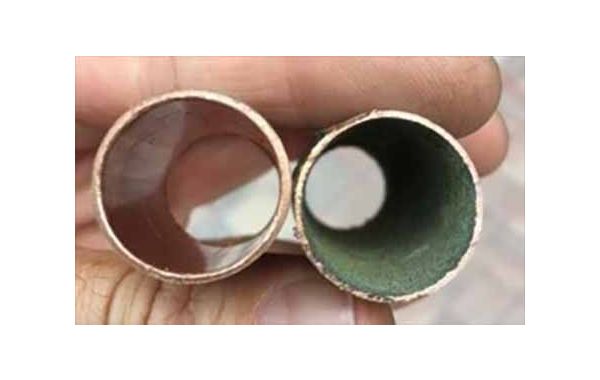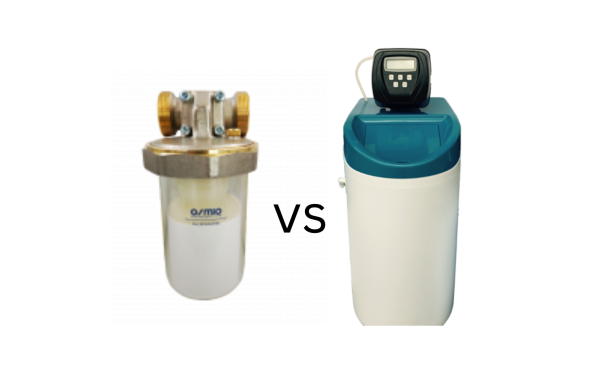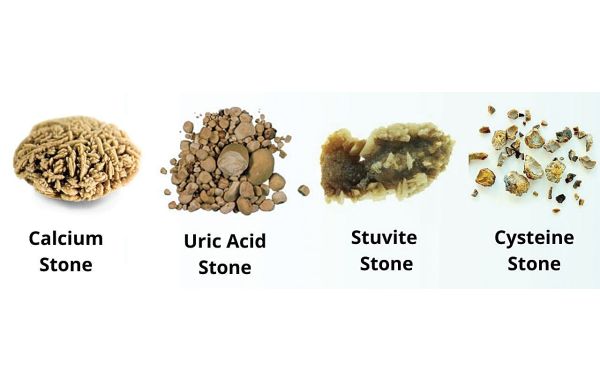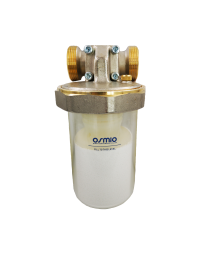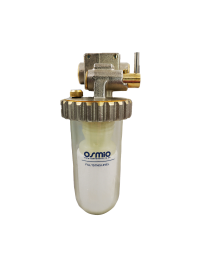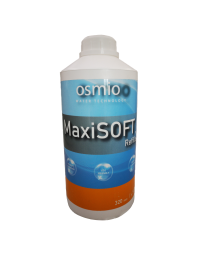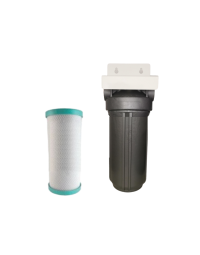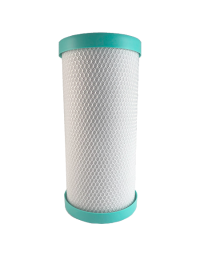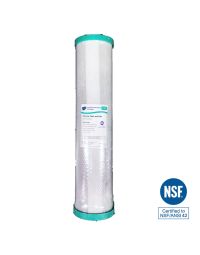The Hidden Threat: How Chlorine Combined with Water Softeners Can Cause Corrosion in New Build Houses, and the Green Hair Problem
As homeowners, we often invest considerable time and resources into ensuring the safety and longevity of our new build houses. From choosing the right materials to installing state-of-the-art appliances, every decision is made with careful consideration. However, there's one silent threat that many overlook: the interaction between chlorine and water softeners, which can lead to corrosion within plumbing systems. In this blog, we'll delve into the science behind this phenomenon, its potential consequences, and measures to prevent it. Additionally, we'll explore the notorious "green hair problem" caused by chlorine-induced copper corrosion and the remedies available, including carbon filters to remove chlorine, turning off the water softener (for some time) and polyphosphate dosers such as the Osmio Minisoft and Osmio Maxisoft.
Understanding Chlorine and Water Softeners
Chlorine is commonly used in municipal water treatment to disinfect water and eliminate harmful pathogens. While it serves a crucial purpose in ensuring water safety, chlorine can also react with certain materials, particularly those found in plumbing systems. When chlorine interacts with metal pipes, fittings, and fixtures, it can very quickly initiate the corrosion processes, compromising the integrity of the plumbing system.
Water softeners, on the other hand, are devices designed to reduce the concentration of minerals, such as calcium and magnesium, in hard water. These minerals can cause scaling and buildup within pipes and appliances, reducing their efficiency and lifespan. Water softeners typically use ion exchange resins or salt to remove these minerals, resulting in softened water that is gentler on plumbing systems and appliances.
The Corrosive Combination
While both chlorine and water softeners individually offer benefits for water quality and plumbing maintenance, their combination can create an environment conducive to corrosion. Chlorine can accelerate the corrosion of metal pipes and fittings, especially when exposed to softened water. This is due to the corrosive nature of chlorinated water and lack of hardness coating or protecting pipes and metal fittings from corrosion.
The corrosion process is often exacerbated in new build houses where plumbing systems may consist of recently installed pipes and fittings. These components are more susceptible to corrosion as they have not yet developed protective layers or patinas that can mitigate the effects of chlorine exposure.
Consequences of Corrosion
The corrosion of plumbing systems can lead to a range of detrimental consequences, including:
- Leaks and Pipe Failure: Corrosion weakens the structural integrity of pipes, increasing the risk of leaks and pipe failure. This can result in water damage to the building structure, leading to costly repairs and potential health hazards from mold and mildew growth.
- Reduced Water Quality: Corroded pipes can introduce contaminants and impurities into the water supply, compromising its quality and safety for consumption. This can pose health risks to occupants and necessitate additional water treatment measures.
- Decreased Appliance Lifespan: Corrosion can also affect the lifespan and performance of appliances connected to the plumbing system, such as water heaters, dishwashers, and washing machines. The presence of corrosion byproducts can cause mechanical failures and inefficiencies, resulting in premature appliance replacement.
The Green Hair Problem
One of the most notorious effects of chlorine-induced corrosion is the "green hair problem." This occurs when chlorine reacts with copper pipes, fittings, or fixtures in the plumbing system, causing copper ions to leach into the water. When these copper ions come into contact with blonde or light-colored hair during showering or bathing, they can oxidize and produce a greenish tint, giving rise to the unsightly "green hair" phenomenon.
Remedies
To address the green hair problem and mitigate corrosion caused by chlorine exposure, homeowners can consider doing the following:
- Install a point of entry filtration solution for chlorine and other oxidizing chemicals. The minimum here should be a single-stage carbon filter, but more stages are better. If it is possible to introduce three filter stages, this provides three separate opportunities to improve the water by reducing the oxidizing chemicals like chlorine to the highest levels.
- Turn off the water softener / bypass the water softener, to allow limescale to start building up in the system. Typically this would be needed for 3 months at least.
- After the filter and salt-based softener, install the polyphosphate doser, such as the Osmio Minisoft and Osmio Maxisoft systems. Polyphosphates act as corrosion inhibitors by forming a protective layer on the interior surfaces of metal pipes and fittings, preventing direct contact between the water and the metal. This helps to reduce the leaching of copper and other metals into the water supply, thereby minimizing the risk of green hair and other corrosion-related issues.
Additionally, polyphosphate dosers can help to prevent the formation of scale and buildup within the plumbing system, extending the lifespan of pipes, fittings, and appliances. By incorporating polyphosphate dosers into their water treatment strategy, homeowners can effectively protect their plumbing systems and preserve water quality without compromising on performance or convenience.
Conclusion
While chlorine and water softeners offer significant benefits for water quality and plumbing maintenance, their combination can pose a hidden threat of corrosion in new build houses. By understanding the science behind this phenomenon and implementing appropriate preventive measures, homeowners and builders can safeguard their plumbing systems and ensure the longevity of their investments. Through careful selection of materials, regular maintenance, and the use of polyphosphate dosers, the corrosive effects of chlorine combined with water softeners can be effectively mitigated, preserving the integrity and functionality of plumbing systems for years to come.

